How to Fix Too Much Butter in Pie Crust? [7 Top Fixes]
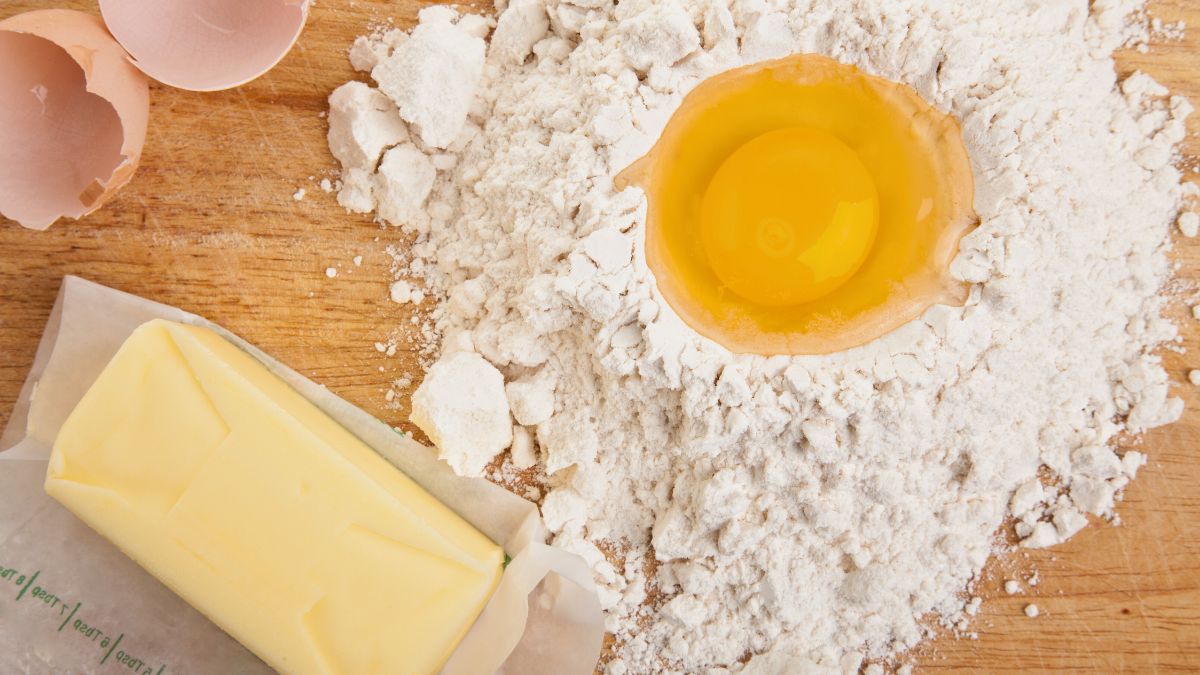
As much as I enjoy making pie crusts, they definitely are challenging even for experienced pie makers, among whom I put myself. While other pastries may tolerate imperfect measurements, pie crusts require surgical measuring precision. But sometimes, something accidentally spills, which for me is most often butter, and things seem to fall apart, while, in fact, there are quite a few things you can do. So, how do you fix too much butter in pie crust?
Apply some of the following fixers: chill the dough, add more flour, roll carefully, layering technique, patchwork, adjust the baking time, or add decorative elements when your pie crust dough exhibits signs of too much butter.
Call me a hopeless optimist, but I always think that no matter how much the dough is damaged, there’s always a chance to make it right, and in most cases, I am right. The only case you can’t fix it is when you don’t even try! So, stick around, as I will share some useful tricks on fixing too much butter in pie crust!
How to Know if You Put Too Much Butter in Pie Crust?
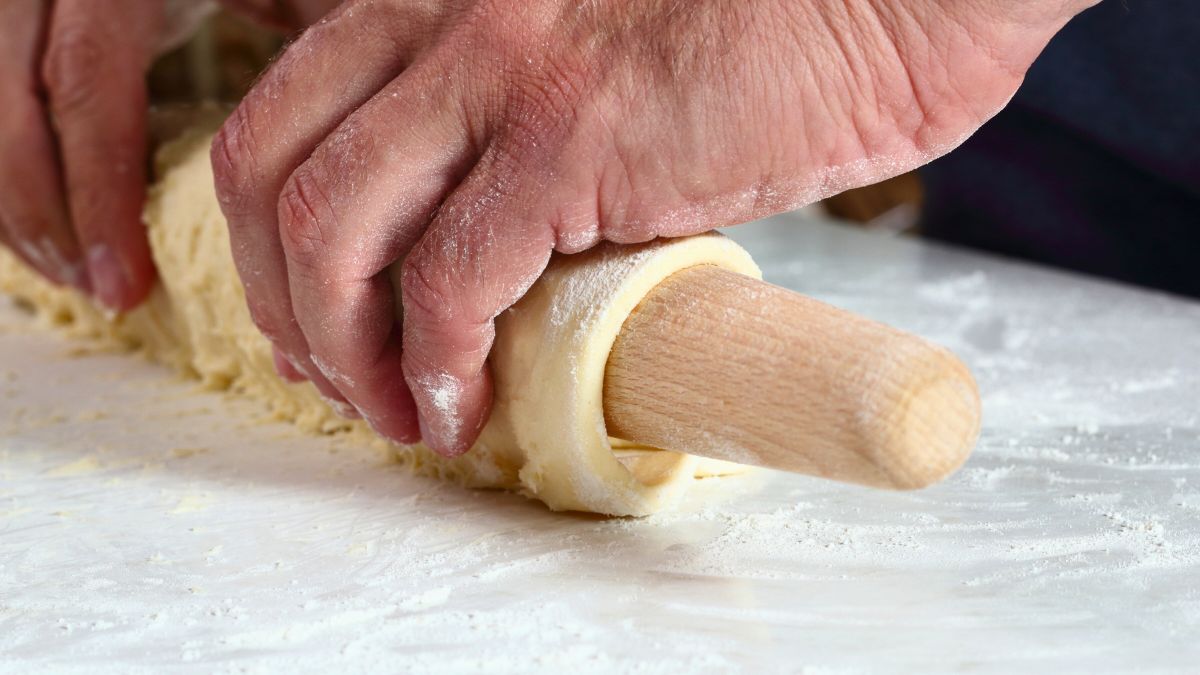
Even though I often say that if you don’t know what to do to improve your dish, add butter, this is one of the rare situations when adding more butter can actually make things worse. But how can you know that you’ve added too much butter?
The first sign is that it will be challenging to work with. It will stick and be hard to handle. It will also be slippery, making it challenging to knead it.
Such dough also tears very easily, and it is hard to roll. So you will have trouble working with it and rolling it into the right shape.
Also, too much butter may cause your pie crust to shrink while baking. The fat from the butter melts, reducing the volume of the pie crust.
A good pie crust should be golden brown and matte. Not that a shiny pie crust isn’t inviting, because it surely is, but it does mean that you’ve added too much butter.
If parts of your pie crust are just starting to brown while other parts are getting darker and darker, it is a sign of too much butter. Uneven baking results in half-baked and half-burned patches on the same pie crust.
Too much butter adds weight to the dough, which means that when you bake it, it will fall heavier on the bottom of the baking pan. This can result in two opposite outcomes: your pie crust will burn at the bottom, or it will create steam and give you a soggy pie crust bottom.
It all depends on how much liquid you added to the dough and the temperature at which you baked the crust. If the dough didn’t contain excess liquid before baking, the bottom will likely burn if you’ve added too much butter.
The overwhelming buttery flavor is a clear sign that you added too much butter to your pie crust dough. Even though butteriness is always welcome in pastries, too much butteriness can be overbearing and have the opposite effect. It can be heavy on the stomach and not quite pleasant for the taste buds.
How to Fix Pie Dough with Too Much Butter?
It is definitely more challenging to repair a dough in which you’ve added too much of something since you can’t take it out, but in the case of adding too much butter, I am happy to tell you that there are quite a few fixers you can apply.
Take a look at the list below. I hope that they will work for you as well as they do for me!
Chill the Dough
Chilling the dough it is the first thing you should do. It is not only the simplest fixer, but it is also among the most efficient. It is also very low-impact, so if it doesn’t fix the too-much-butter problem, it won’t cause additional damage.
Pop the dough in the fridge and let it chill for at least an hour to give the fats time to solidify and stabilize the dough. When you take it out, work quickly and bake as soon as you roll it out so as to prevent the butter fat from softening the dough again.
Add More Flour
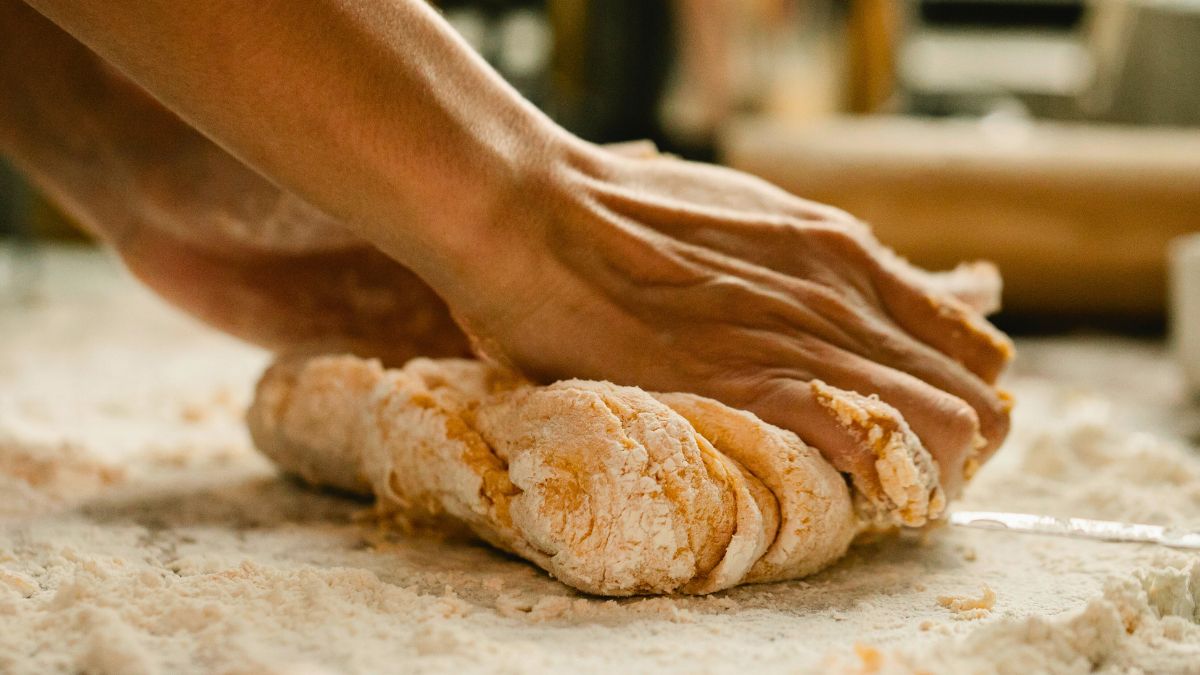
Adding more flour is another great and efficient way to fix this problem. Still, this can be a risky method, especially if the excess butter isn’t the problem. So, you need to be absolutely certain that you’ve added too much butter before you add more flour because it will change the composition of the dough, making it dry or too robust to work with.
Roll Carefully
When I don’t feel confident enough to permanently change the composition of the dough, I just work with what I have. Since this kind of dough is difficult to handle, be extra careful when rolling your pie crust.
Make sure the dough is thick enough, and don’t roll it as much as you normally would. Also, don’t apply any additional pressure but the one that comes from the rolling pin. Leave the pie crust thicker than usual and pre-bake it a little longer before filling it.
Make Layers
Suppose your dough is too fragile to roll even when you are super careful. In that case, it is time to apply the layering technique combined with the extra flour method. Sprinkle a generous amount of flour on your work surface and gently place the dough on it.
Divide the dough into two parts and roll them individually. Then sprinkle flour on one half and top it with the other half. Sprinkle flour again.
Finally, roll both halves, one on top of the other. By this time, the dough should have absorbed the flour, so the rolling should get easier. If it is still difficult to manage, repeat the procedure again.
Patchwork
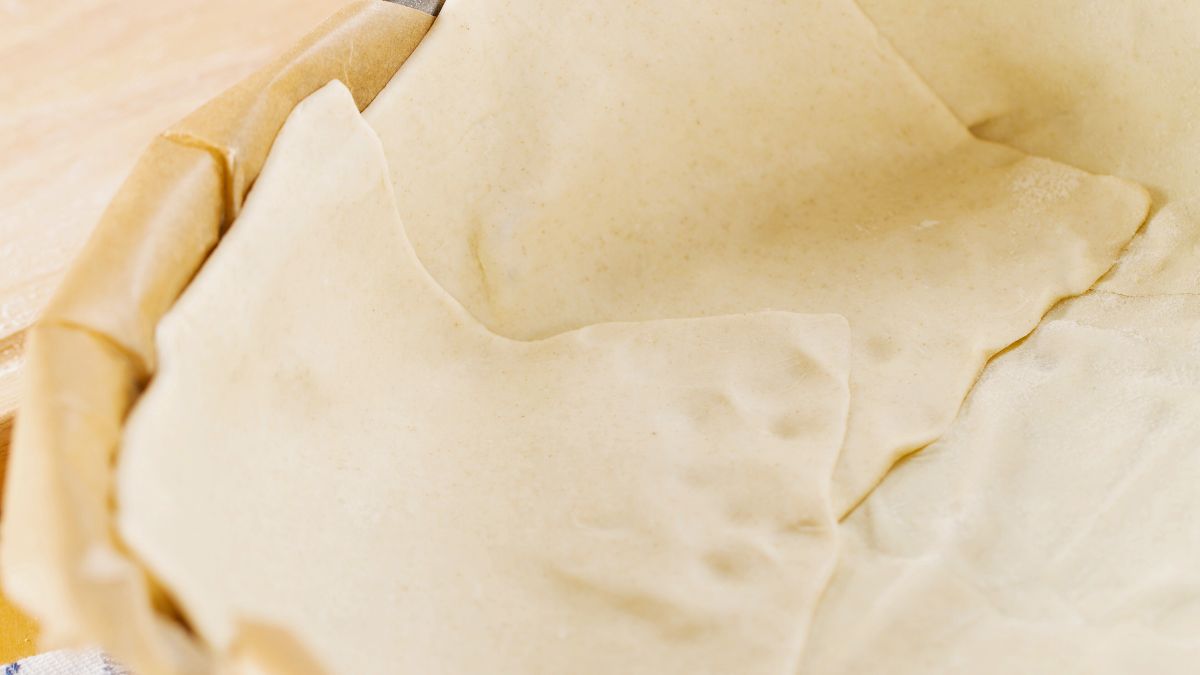
If you somehow manage to roll the dough, but it seems to tear easily while trying to move it or place it into the pie pan, don’t worry because you can always use the dough as glue. Cut dough pieces from the edges and use them as patches to cover up the holes and tears in the dough.
Once you cover a hole in the dough, press the patch gently and spread it until it is well-fastened onto the dough. The patches may fall off once you bake the pie crust, but you can always fix this by adjusting the filling.
Adjust Baking Time
Even if you realize that you’ve added too much butter after you’ve placed the pie crust to bake, all is not lost. It has happened to me more times than I would like to admit, but I’ve always emerged victorious.
What you need to do, should you come to this realization too late, is to simply adjust the baking time and temperature, as well as rotate the pie crust. To prevent uneven baking, lower the oven temperature, reduce the baking time, and rotate the pie crust once it is halfway through.
Decorate
If you applied some of the repairing methods listed here, and your pie crust dough is still too soft, it is time to be creative and do some cover-up. I have had a few situations where I applied every fixer in the book, and my dough was still too soft to work with and make a traditional pie.
So, I rolled up my sleeves and popped it on a parchment paper and then on a regular baking tray. I took it out, added the filling, and topped it with a few dough stripes I had managed to make, and added sugar roses on top.
It turned out much better than I expected, and I recommend you apply this method if nothing else works.
What Not to Do?
Just like there are things you should do to salvage your pie crust, there are things you shouldn’t do, as they will make the worst out of a bad situation. So, here are the no-nos when it comes to fixing a too-buttery pie crust.
I know that when your pie crust dough isn’t just right, you rush to fix it; I do that, too, but be mindful of how you fix it. Yes, adding flour could solve the problem, but don’t add too much flour in a single pour — this can make things worse.
Sift the flour gently, half a cup by half a cup, and knead in between.
Don’t overmix the dough. I tend to do this, attempting to homogenize the ingredients better and allow the butter to get absorbed, but I only damage the ingredient’s bonds. I’ve learned my lesson the hard way, but hopefully, you won’t repeat my mistake.
Don’t add water to dough that has too much butter. It may seem like a good solution in theory, but in practice, it only worsens the problem. The butter fats sink down, making it harder for the water to penetrate the dough, giving you an even softer, more fragile, and even slimy result.
Don’t make drastic changes you can’t reverse. So, don’t add anything to the dough to fix it if you aren’t sure what it will result in. Use the chilling method instead, and be gentle and careful when rolling.
Don’t add extra salt — I know this is thought to be an effective method to harden the soft dough. Although it is widely applied, this method doesn’t work when the dough is soft due to excess butter. Salt absorbs water, not fat, so in addition to the dough remaining soft, it will also be salty.
Can You Bake Pie Crust with Too Much Butter?
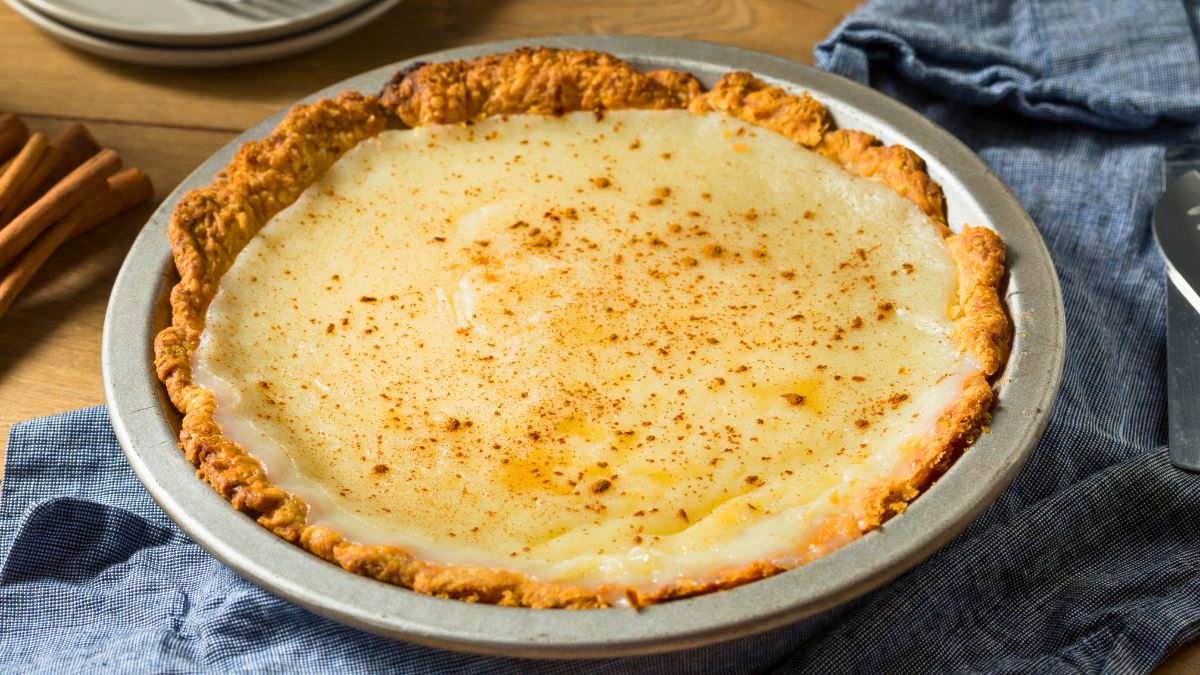
Yes, you can bake pie crust with too much butter, but you must be a little more careful. In addition to being very gentle before baking it, you also need to be mindful while baking the pie crust.
The first thing to keep in mind is that you can’t bake it at the same temperature and in the same time interval as you would bake a pie crust that doesn’t have too much butter. Reduce the baking temperature and time, and bake in installments if you have to.
Adjust the filling, and stay away from buttery or overly moist fillings.
So, what do you do when you put too much butter in your pie crust dough? I would like to hear about your pie-baking experience in the comments below!
